As pickleball gains in popularity, the equipment market is growing right alongside it. And since there are so many different types of paddles available, choosing one can be tricky.
There are a lot of factors that go into picking the right pickleball paddle: weight (read our guide on how to find the best weight for you here), durability, price (read how much money to spend on a paddle and why), and, importantly, shape.
We’ve noticed that more and more players have started asking about shape this past year. Rightly so. The shape of your pickleball paddle impacts a lot - like basically everything you should care about when it comes to performance. In this shape guide, we’ve worked with our lead engineers to break down the different pickleball paddle shapes, who they might be good for, and WHY the different shapes impact performance so drastically. And yes, we will be geeking out a bit, because that’s just who we are at Revolin Sports.
PICKLEBALL PADDLE SHAPE OVERVIEW
There’s a reason that you haven’t seen a three-foot-long pickleball paddle at your last tournament. No, it’s not just because the play would be questionable. USA Pickleball, the governing body of pickleball in the United States, has a few rules about paddle shape. First, The total length plus the total width of the paddle has to be equal to or less than 24 inches. So, if you have a pickleball paddle that is 16 inches long, it can’t be wider than 8 inches because 16+8=24. USA Pickleball’s only other rule about paddle shape is that pickleball paddles cannot be longer than 17 inches.

Two different paddle shapes emerge from maxing out these rules: short/widebody pickleball paddles and long/narrowbody pickleball paddles also known as elongated paddles. Short/widebody paddles have been popular since the beginning of pickleball! They measure between 15.5 to 16 inches from the bottom of the handle to the tip of the paddle and 8 to 8.5 inches from side to side. Most elongated paddles, on the other hand, measure 16.25 to 16.75 inches from the bottom of the handle to the tip of the paddle and are necessarily narrower; 7.75 to 7.25 inches in width. Remember the 24-inch rule!
There is one more key ingredient to consider when it comes to the shape of your pickleball paddle - handle length. Pickleball paddles are divided into two main sections: the face (aka the main hitting surface) and the handle (aka the grip). Some paddles have short handles - any handle that measures under 5.5 inches from the bottom of the end cap to the top of the grip tape while others have long handles - anything over 5.5 inches. Players with two-handed backhands or picklers that want a lot of leverage usually go for longer handles. A paddle with a 5.25-inch handle generally suits the rest of players.

Ultimately, the unique combination of the length and width of the total paddle, the handle, and the paddle face makes up the four pickleball paddle shapes.
HOW SHAPE IMPACTS PERFORMANCE
The shape of your pickleball paddle impacts a lot - like basically everything you should care about when it comes to performance. Some things are obvious. The longer your paddle is, the more easily you will be able to get to certain shots. Perhaps less obviously, your pickleball paddle's shape also impacts your ability to generate power and spin, how quickly you can change your paddle face’s direction, and even how big your sweet spot is. Let’s dive in!
- Reach
- Sweet Spot Size, Shape, and Location
Different paddle shapes also change the size, location, and shape of your pickleball paddle’s sweet spot. The sweet spot is the area on the face of your pickleball paddle where the ball comes off in the most consistent, powerful, optimal way. Generally, a larger face area means a larger sweet spot; a smaller face area means a smaller sweet spot. The sweet spot on elongated paddles tends to be slightly above the center of the paddle face and more narrow. If you’re looking to maximize your sweet spot size, we recommend considering a widebody paddle.
Widebody paddles are more forgiving than elongated paddles of the same weight. This shape has an extra 1 - 0.5 inches of material on either side of the paddle which gives the face more stability and increases the size and width of the sweet spot. Why does this happen? Physics has the answer.
More perimeter weight on a pickleball paddle increases the rotational inertia of a paddle so when you mishit on one side of the paddle, the extra weight on the other side increases the inertia about the central axis. This makes the paddle feel more solid and forgiving which players typically associate with sweet spot size.
- Maneuverability
The rationale behind why some paddles are more maneuverable than others lies in the combination of physics and physiology, the science of how the body works. Really, it all comes down to this little thing called torque.
Torque is a measure of the force that can cause an object to rotate about an axis. In the case of pickleball paddles, we’re usually talking about dynamic torque - torque on an accelerating object. When you swing a pickleball paddle you experience two types of torque from unique forces.
First, when it comes to pickleball paddles, torque equals the distance from the weight (your paddle’s center of mass) to the point of suspension (your hand). Due to their shape, elongated pickleball paddles carry most of their mass towards the end of the face while widebody paddles have a center of mass that is closer to your hand. The farther from your hand the center of mass lies, the higher the rotational inertia, making the paddle harder to pivot quickly. It’s a lot easier to swing a plastic wiffle ball bat than a pro hardwood bat.
Second, your paddle exists in a world filled with air. It takes energy to move a paddle through this medium. This opposing force is called air resistance. Longer paddles have faces that reach farther away from your hand than widebody pickleball paddles. Because the max length of the paddle is farther from your hand, it encounters more torque from air resistance. More torque leads to a paddle that takes more energy to swing. It might help to think about dropping a regular piece of paper from a ladder vs. a crumpled piece of paper. A more compact version of the same materials can move through the air more easily.
- Power and Spin Potential
Remember what we just learned about torque? The same concept explains why some paddles can generate more power. Overall, more elongated pickleball paddles have a higher max power and velocity potential. Elongated pickleball paddles can generate more leverage because the total distance is farther from your hand. This gives the tip of the paddle higher speed potential.
It might help to think about the old-school merry-go-rounds that you used to find on playgrounds. If you sit on the outside edge of the contraption, it feels like you’re spinning a million miles per hour. But, if it’s too much, you can always go hug the middle post. The outside of spinning objects experience higher velocity. Linear velocity = angular velocity * distance from the rotational axis.
To bring it back to pickleball - the area on your pickleball paddle that is closer to your hand is moving more slowly than the area farther from your hand. The longer your paddle, the farther from your hand the sweet spot is. On an elongated paddle, the ideal place to hit the ball is moving at a faster speed (like the outside of the merry-go-round) which gives you more potential for power compared to the lower sweet spot found on widebody paddles.
The same logic applies to spin potential. When you hit the ball at an angle with a faster speed, it will spin more. Head speed directly correlates with the potential to generate more RPMs.
TLDR; when comparing a widebody pickleball paddle to an elongated one of the same weight, the elongated pickleball paddle can generate more power and spin.
THE FOUR MAIN PICKLEBALL PADDLE SHAPES
We believe that there are four main shapes of pickleball paddles: Short/Widebody with a Short Handle, Short/Widebody with a Long Handle, Elongated/Narrow with a Short Handle, and Elongated/Narrow with a Long Handle. The trick is finding the best one for your game. To help with this, we’ve rated the different shapes objectively by their performance on some key characteristics including sweet spot size, maneuverability, power potential, and spin potential.
On our scale 1 = the worst and 5 = the best

Best For: Beginners! Pickleball players who want a forgiving paddle with the largest sweet spot. Players who can generate their own power. Those with experience playing table tennis. Pickleball players without a two handed backhand or who choke up on their paddle face with their two handed backhands.
Pro Tip: if your hands are on the smaller side and you have a two handed backhand, look for a 5.25 inch handle instead of a 5 inch handle.

Best For: Players who prioritize hand speed above all else, possibly players with low arm strength. Players with a two handed backhand who care more about sweet spot size than power and spin potential.

- Best For: Players who want more reach, possibly due to limited mobility, but also prioritize having a forgiving paddle over power, spin, and hand speed potential.
**The actual hitting surface area of the Gamma Compass, the most popular paddle in this shape, is actually 84.6 square inches. Also, a long skinny paddle technically has more surface area than a short, wide paddle with a long handle, but it won’t feel as robust due to the narrowness of the paddle because the sweet spot size is more connected to the width of the paddle than the length. For these reasons, we’re giving this sweet spot a rating of 3 instead of a 4 as the surface area might suggest at first glance.

Best For: Intermediate to high-level players (4.0+) who can confidently hit the sweet spot. Anyone who prioritizes power and spin potential. Pickleball singles players. Those coming from another racquet sport who are used to a longer handle ie. tennis, racquetball, squash. Pickleball players with two-handed backhands.
POPULARITY OF DIFFERENT PICKLEBALL PADDLE SHAPES
We can’t emphasize enough that the best paddle shape is the one that matches your game. That being said, there are two big winners in the shape war. Most players choose short/widebody paddles with a short handle or elongated paddles with a long handle. The other two shapes - short, widebody with a long handle and long, elongated with a short handle - are significantly less popular.
Popularity of Pickleball Paddle Shapes
- Widebody w/ Short Handle
- Elongated w/ Long Handle
- Elongated w/ Short Handle
- Widebody w/ Long Handle
Ok - we’ve got a LOT of info. Now, how do you choose the best shape for your style of play? At the highest levels of the game - we’re talking 4.5+ pickleball, the benefits of an elongated paddle seem to outweigh the drawbacks. But for most players, it just comes down to what pickleball paddle shape best suits YOUR game. If you play a lot of singles and rely heavily on your two-handed backhand hard angle cross-court drive - an elongated paddle with a longer handle is likely your best bet. But, if you’re a former ping pong player who chokes up on your paddle or if you’re still getting used to finding the sweet spot - you’ll probably be more comfortable with a widebody paddle with a shorter handle. We have 5.0+ players on our team that use each one of our paddles - widebody and elongated - with great success!
Have questions? We’re happy to help! Send us an email at info@revolinsports.com.
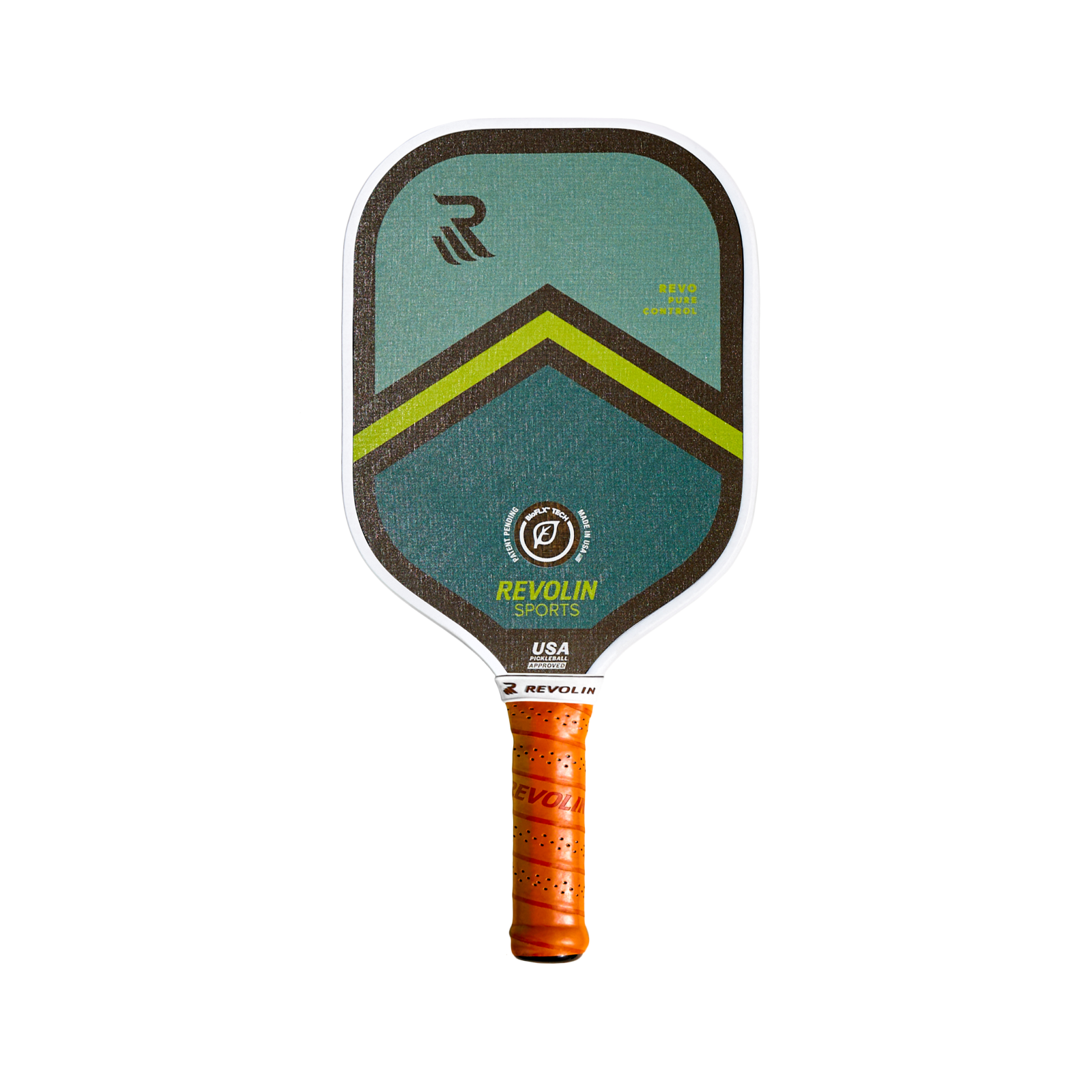
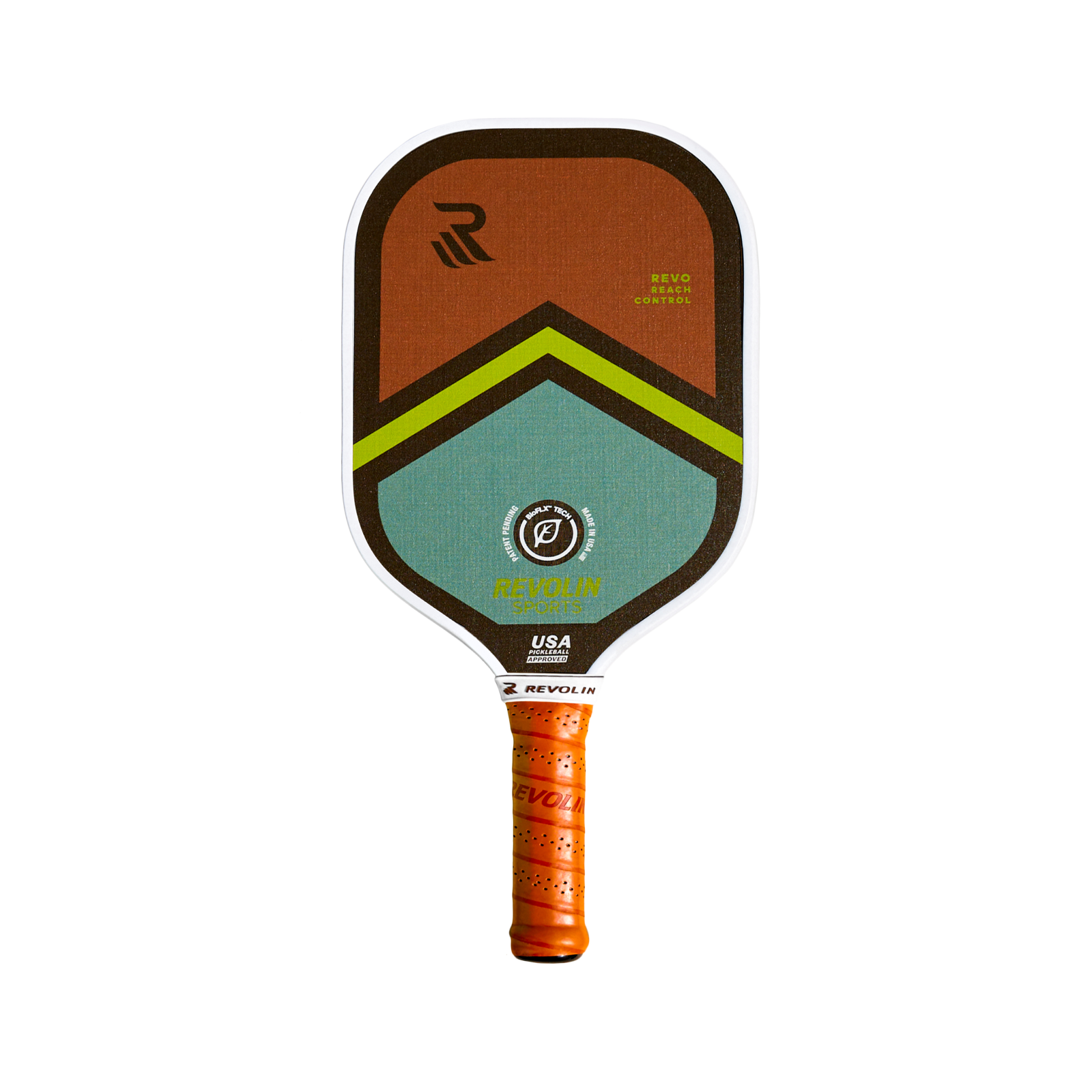
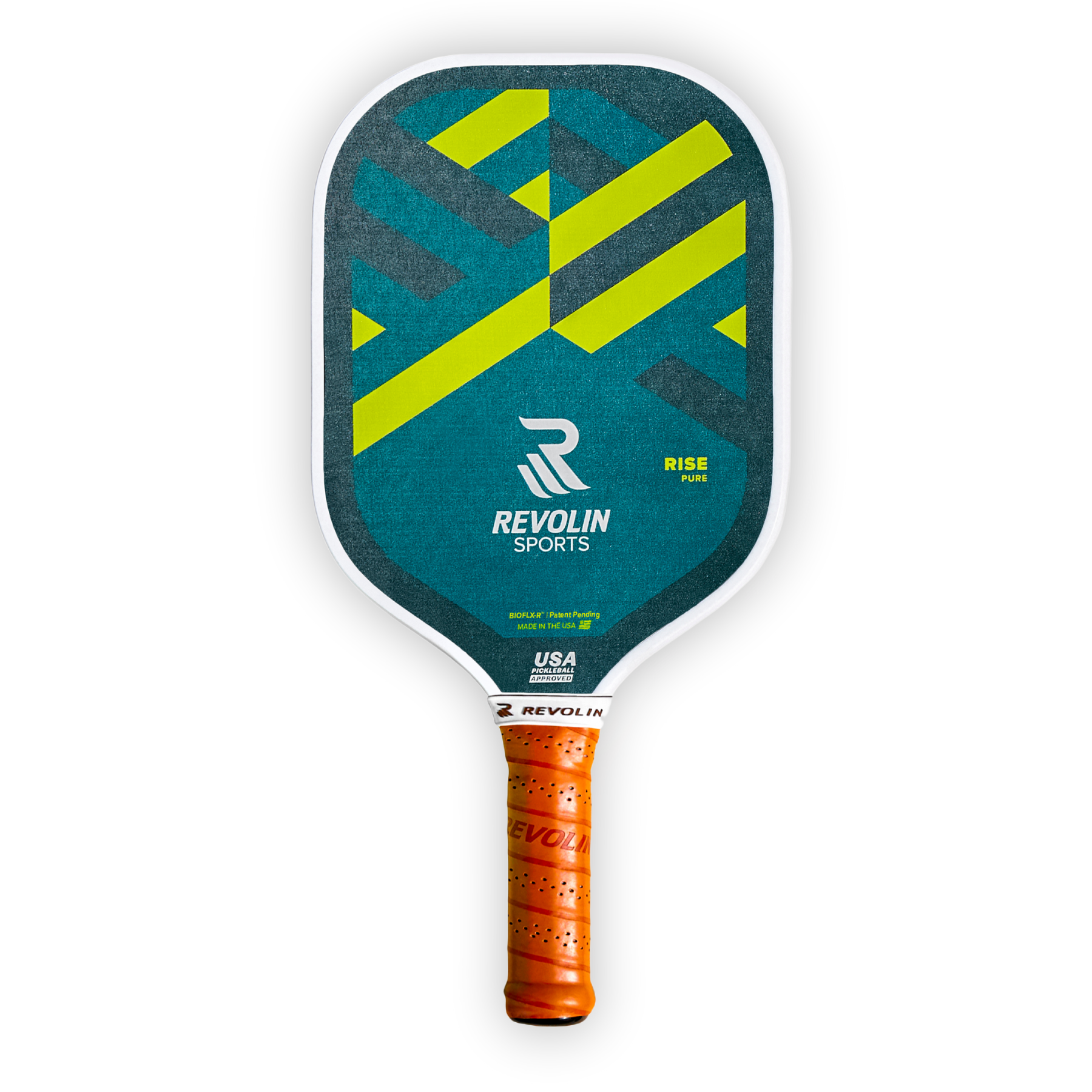
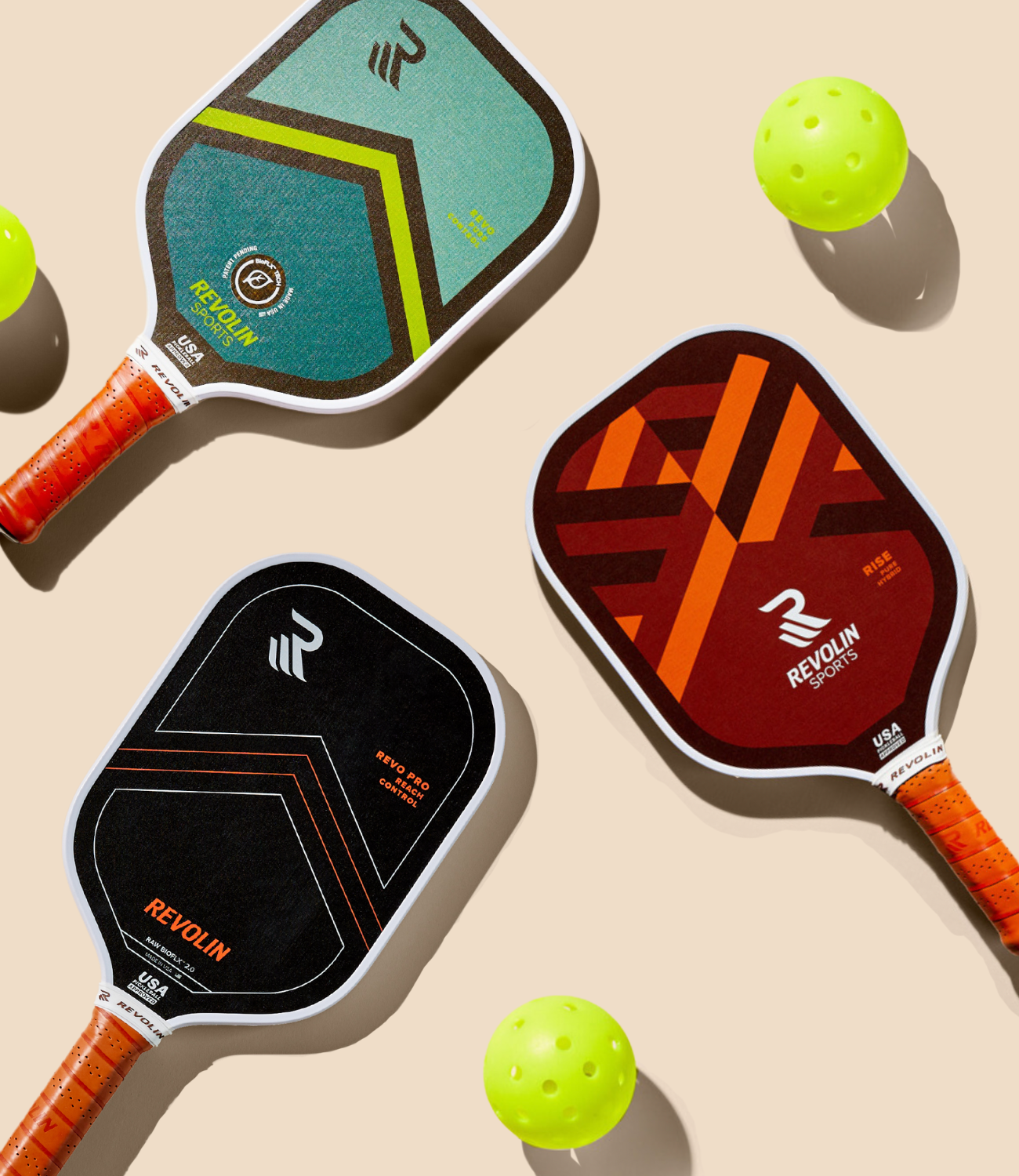
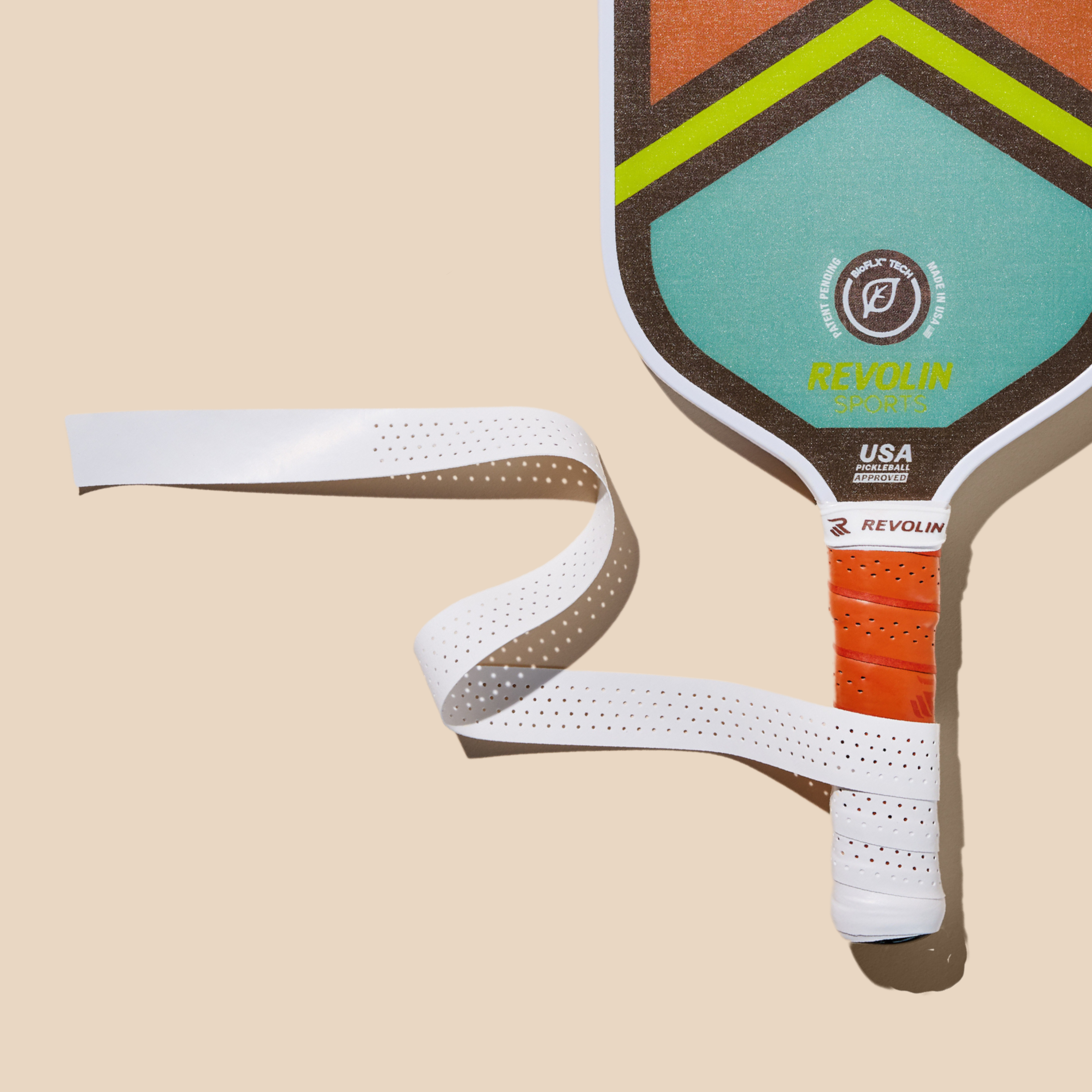
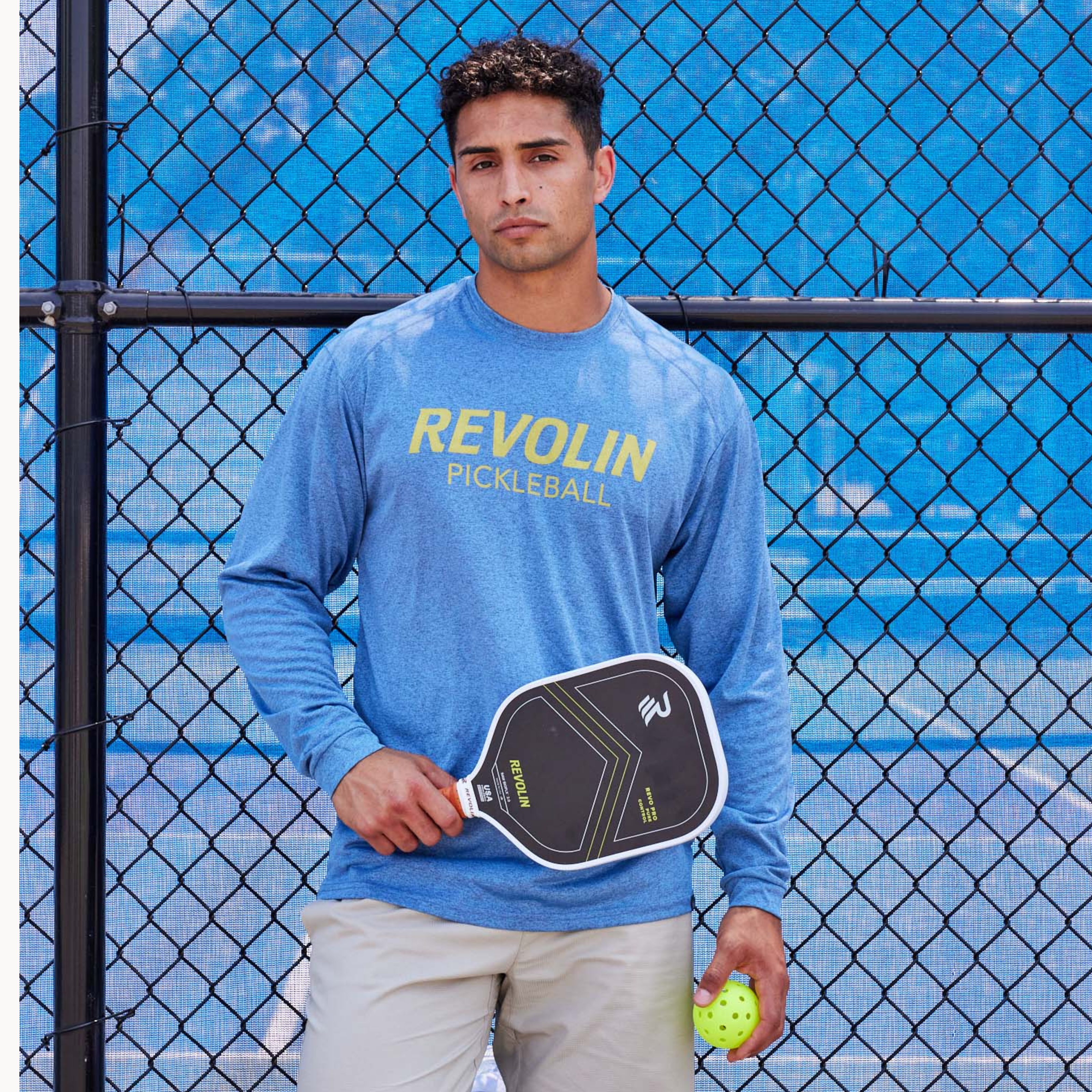

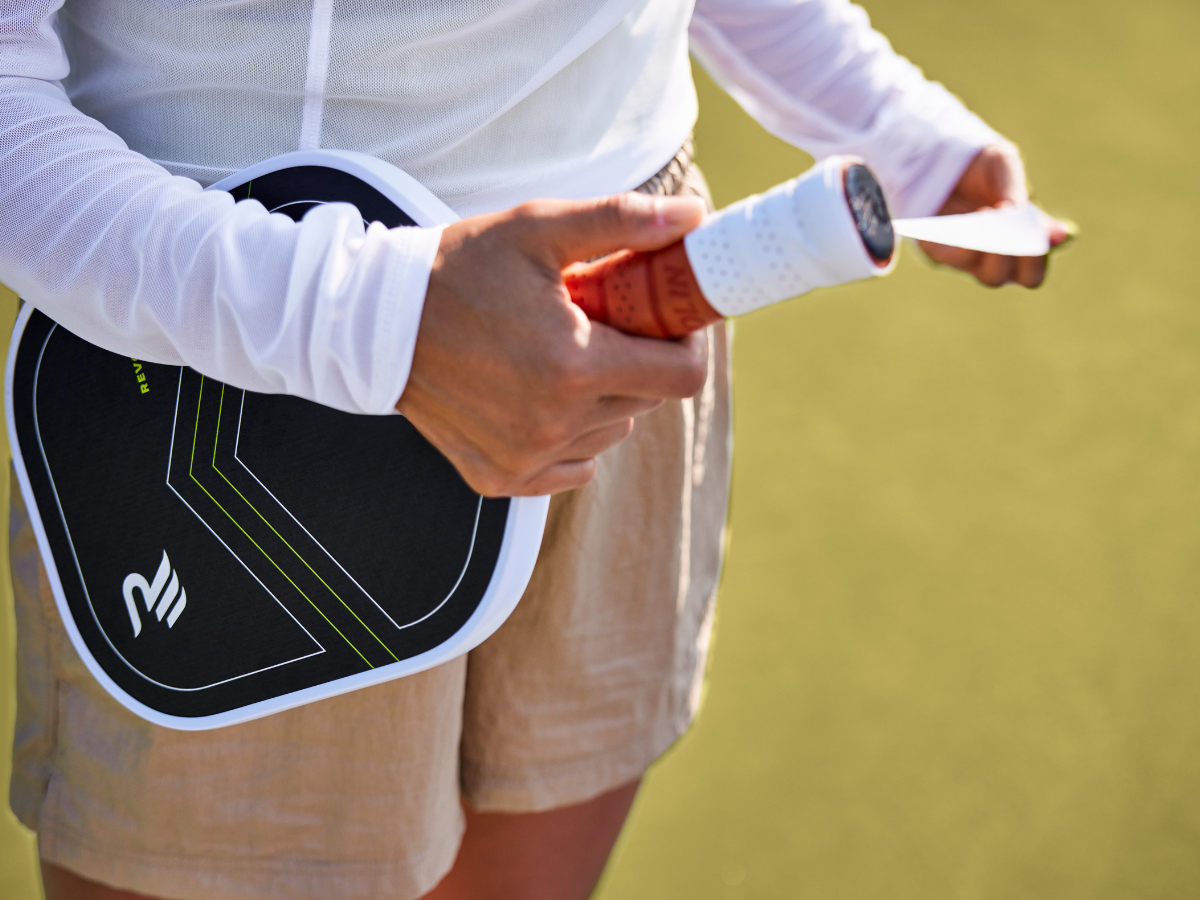
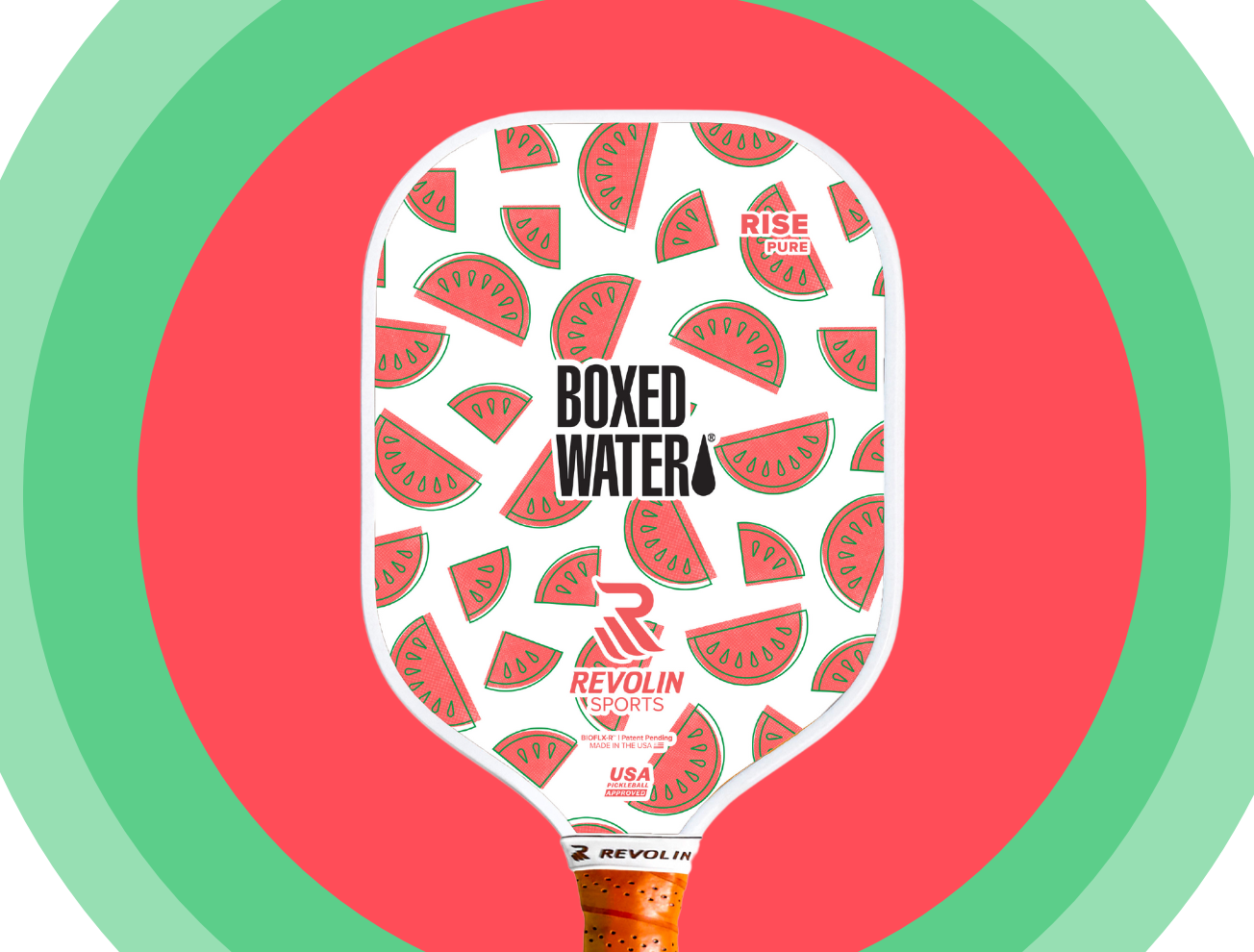
3 comments
Jeansy
Head gravity is really good for hand speed but I am in doubt if it is suitable to 2 handed players. I just checked some more paddles here: https://takemepickleball.com/
Let’s see which one I can choose :(
Ivan
ProKennex Black Ace
Ovation vs XF?
Nathan
Helpful article but where would a paddle like the ProKennex Ovation fit into your article or and ergo precision paddle (new one being made by grip6)?
Leave a comment
This site is protected by reCAPTCHA and the Google Privacy Policy and Terms of Service apply.